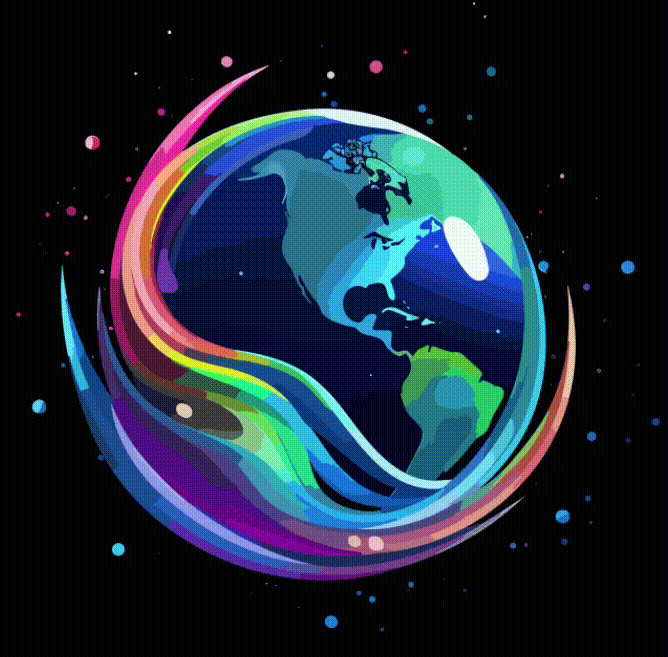
Unleashing Creativity: The Dynamic World of Digital Art
by urdigitalplanet in Blog on January 18, 2024In the realm of art and design, digital art has emerged as a revolutionary force, reshaping how we create, view, and interact with art. This blog post explores the vibrant world of digital art, delving into its evolution, the tools that have enabled its growth, and the endless possibilities it offers for creativity and expression.

The Dawn of a New Artistic Era
The Emergence of Digital Art
Digital art’s journey began with the advent of computers and digital technology. It marked a shift from traditional mediums like canvas and paint to digital canvases and software, opening new frontiers for artistic expression.
The Democratization of Art Creation
One of the most significant impacts of digital art is its accessibility. With the rise of affordable software and hardware, digital art has become more accessible, allowing both seasoned artists and novices to explore their creativity without the need for expensive materials.
The Tools of the Trade
Software and Applications
From Photoshop and Illustrator to Procreate and Blender, a plethora of software has provided artists with powerful tools for creating digital art. These applications offer features like layering, 3D modeling, and digital painting, enabling artists to bring their visions to life with precision and versatility.
Hardware Innovations
The evolution of hardware, including graphic tablets, stylus pens, and high-resolution displays, has significantly enhanced the digital art experience. These tools have made the process more intuitive, mimicking the feel of drawing or painting on a physical medium.
Digital Art in Various Forms
From Illustration to Animation
Digital art encompasses a wide range of forms, including digital painting, vector art, 3D modeling, and digital animation. Each form offers unique possibilities and challenges, pushing the boundaries of what is achievable in the art world.
Interactive and Immersive Experiences
Digital art has also paved the way for interactive and immersive experiences, such as virtual reality (VR) art and augmented reality (AR) installations. These technologies have transformed art from a passive viewing experience to an interactive, immersive journey.
The Impact of Digital Art
Breaking Traditional Boundaries
Digital art has challenged traditional art norms, encouraging experimentation and a fusion of mediums and techniques. It has allowed artists to explore complex themes and narratives, blurring the lines between art, technology, and storytelling.
Global Reach and Collaboration
The digital nature of this art form allows for easy sharing and collaboration across the globe. Artists can collaborate on projects remotely, share their work with a worldwide audience, and gain inspiration from a diverse range of cultures and styles.
Challenges and Opportunities
Authenticity and Recognition
One of the challenges in digital art is the struggle for recognition and legitimacy in the traditional art world. However, as digital art continues to grow in popularity, it is gaining more acceptance and appreciation.
Sustainability and Environmental Impact
With the rise of NFTs (Non-Fungible Tokens) and digital galleries, there’s a growing discussion about the environmental impact of digital art, leading to a push for more sustainable practices and technologies.
Conclusion: A Canvas of Infinite Possibilities
Digital art represents a dynamic and ever-evolving canvas of possibilities. It empowers artists to push the limits of their imagination, explore new forms of expression, and connect with audiences in unprecedented ways. As technology continues to advance, the future of digital art looks bright, promising a world where creativity knows no bounds.

